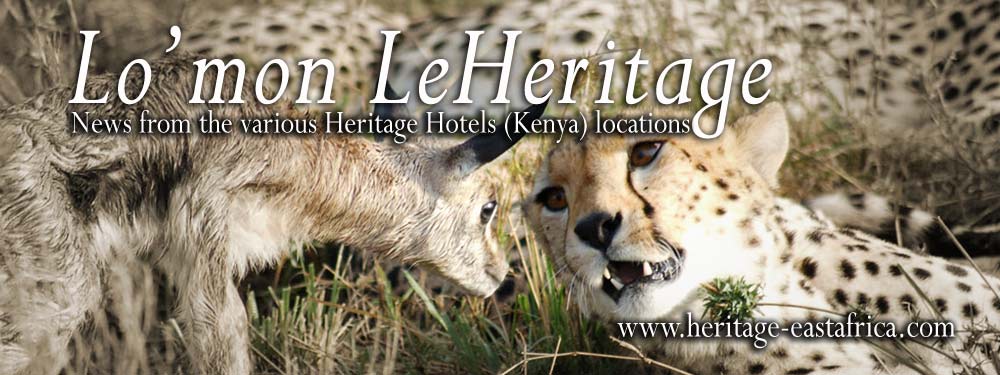Weather
It’s cloudy in the early morning but gets warmer by midday with clear blue skies.
It’s important to dress warm for early morning game drives.
Temperature
17c morning
28c at midday
25c after sunset
MIGRATION OF WILDEBEEST AND ZEBRAS
The migration is moving in circles following the weather pattern. For the last two weeks, the wildebeest and zebras have been crossing to the west of the Mara towards Oloololo Escarpment for greener pastures.
Four days ago, there was rain in the Central Plains. The wildebeest and zebra had already grazed the grass down here. With the heavy downpour, it’s already looking lush and green.
The center of attraction during the last four days is the massive crossing of the wildebeest and zebra south of Mara Intrepids Camp by Lookout Hill. There have been dramatic happenings around Mara River, with the anxious wildebeest jumping off high cliffs to join their friends in the river crossing.







Predators
Lions
The Double Cross pride and Ridge pride are doing well with all the prey and rain around.
The Ridge pride is at Rekero with seven cubs of different ages. The pride has four lionesses including Lipstick. Blacky is the male in the pride.
Double cross is between the two rivers - Intiakitiak and Olare Orok with Mohican and Romeo2 as the males of the pride. It has six lionesses and seven cubs of different ages. During the lean times, the lionesses in the pride killed a young giraffe at Bull Crossing near Olare Orok.



Leopards
Bahati has finished mating. She is now patrolling the area between Mara Intrepids Camp and Smelly Crossing. Saba and Lerai are at Double Crossing - Lerai at Intiakitiak and Saba at Olare Orok.


Cheetahs
Cheetah sightings are good around Mara Intrepid Camp. There are two young males roaming between Mara Intrepids Camp and Fig Tree.
The cheetah females are still in their hideout with their young. The cubs usually come out of cover after nine weeks. This is the time when the Thomson gazelle are dropping their fawn – so there’s prey for the cubs.


Report and pictures by John Parmasau – Head Safari Guide, Mara Intrepids and Mara Explorer Camps.
©Heritage Hotels Ltd, Kenya. http://www.heritage-eastafrica.com/

































